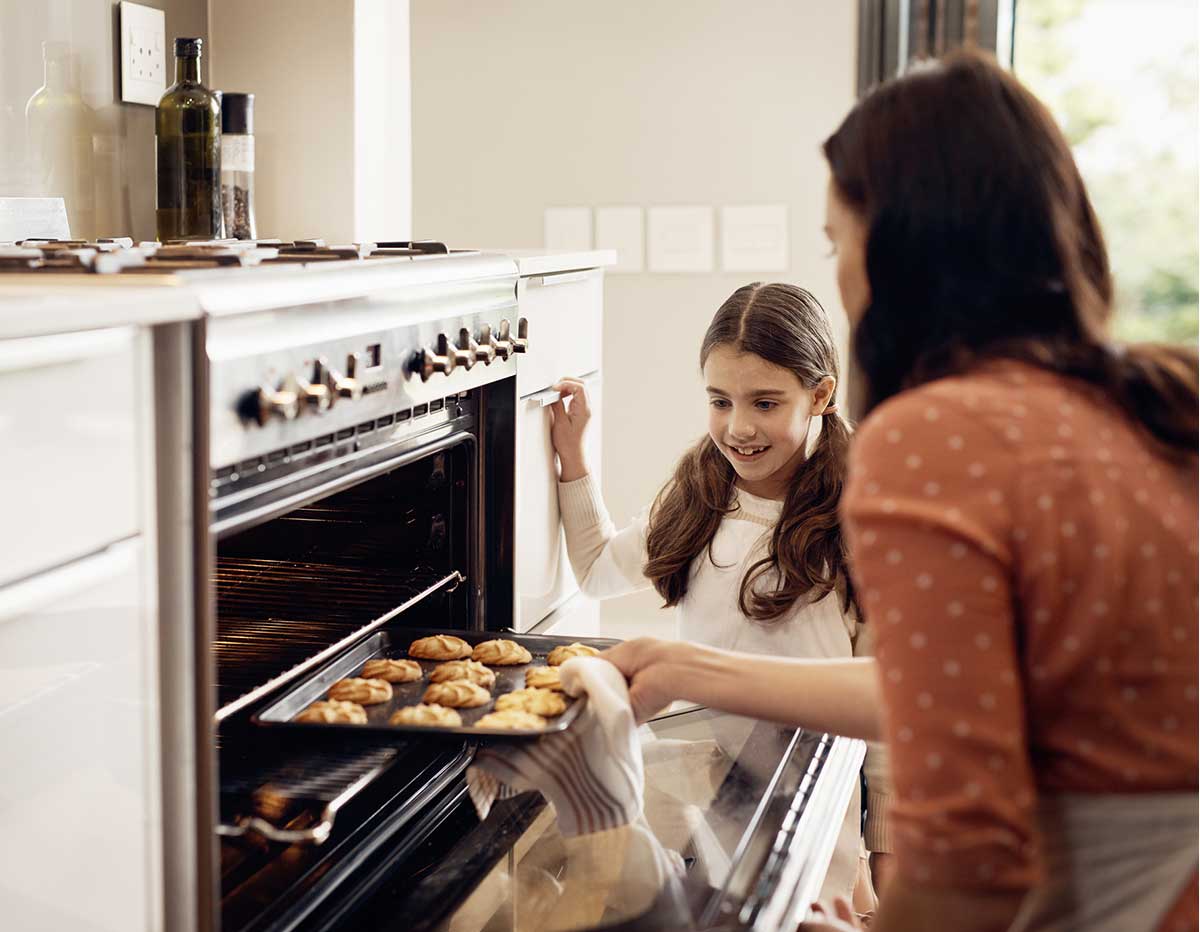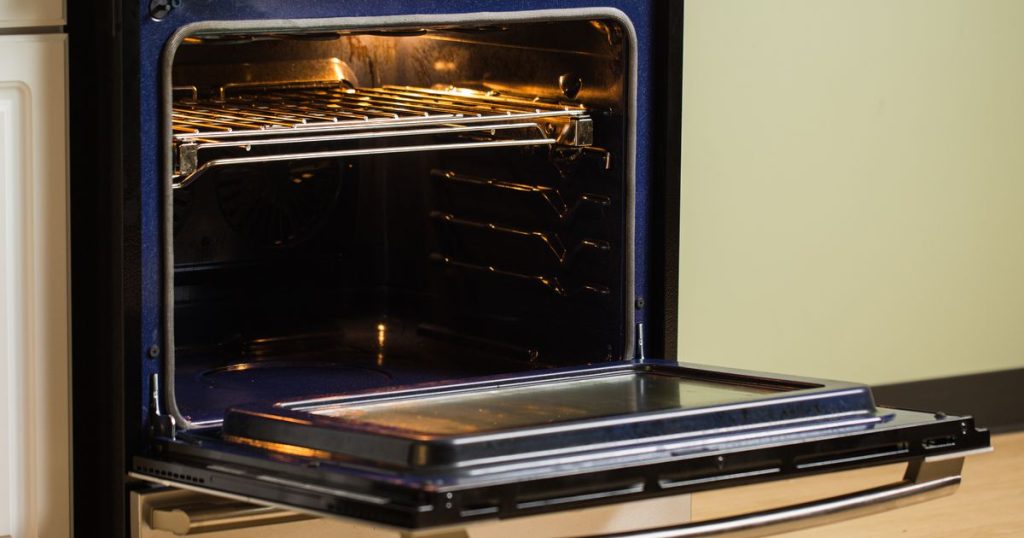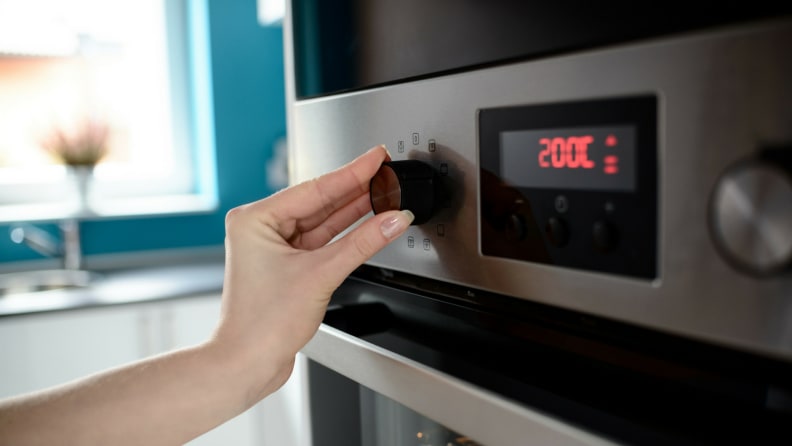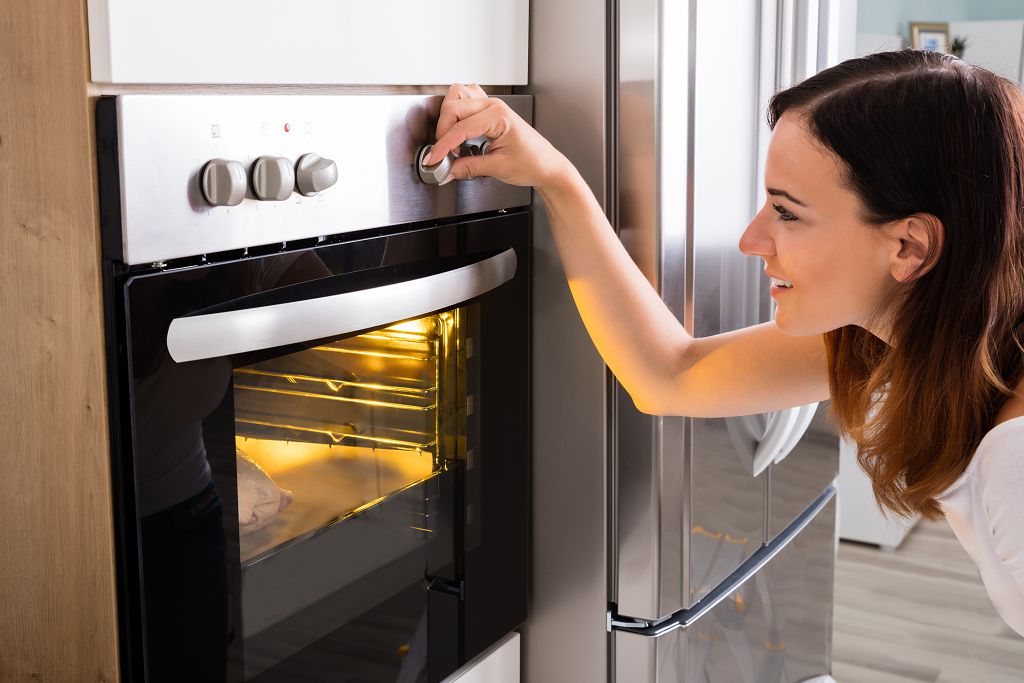What's Up With My Oven's Excessive Preheat Time?

Do you find yourself wasting a lot of time waiting for your oven to heat up? So have I, and while it was frustrating at times, it was also a terrific lesson in patience (or so my better half kept telling me). Preheating an oven takes roughly 10-15 minutes on average, depending on how modern the oven is and the target temperature you’re aiming for. Waiting for more than 10-15 minutes should raise suspicions, as it could suggest something wrong with the oven.
As a result of my inability to wait, we began doing research online before seeking assistance. We contacted a technician who examined the oven and spoke with the manufacturers. We were correct; there was a problem with the oven. Knowing kitchen appliances, I assumed the problem could be caused by various factors, which turned out to be correct. Today, we’ll look at what might be causing the issue and what you can do to fix it.
A gas oven usually has a faulty igniter that causes the oven to take a long time to heat up. If somehow the igniter fails to ignite the gas in less than a minute, it’s much too inadequate to open the safety valve and should be replaced. The heating element in an electric oven may be broken, and the thermostat may need to be calibrated. Faulty relay boards, blown fuses, and failing spark electrodes are all major causes of prolonged preheating.
We’ll take a deeper look at each case individually. But why do you need to preheat an oven in the first place?
What Is the Aim of Oven Preheating?

When preparing specific dishes, such as baking, it is required to preheat the oven to guarantee that the food is cooked at high temperatures from the moment it is placed in the oven. If you put a pie or a slice of bread in an oven that hasn’t achieved temperature yet, the ultimate result won’t be as good as it could have been. The bread’s texture will most likely be poor. The oven should be preheated to provide consistent results.
Because the oven’s cavity is a huge air box, heating it to the proper temperature takes a long time. To get the oven to come to temperature straight away, you’d have to operate it at dangerous temperatures using powerful heating elements.
Because the oven does not suddenly start at the temperature you set it to, and most recipes have a defined cooking time that does not account for the preheat time, you must preheat the oven before putting your ingredients in its best results.
It should be noted that some recipes, such as stews, do not require preheating the oven. Without affecting the eventual result, the stew can be placed in the oven while it comes to temperature.
Why is my oven taking so long to heat up?
Ovens, both gas and electric, are not the same. Some parts of an electric oven are not found in a gas oven, and vice versa. They don’t work the same way, so they don’t work the same way. Sometimes the problem is similar - but it’s generally something else.
This article is based only on my personal experience and what has worked for me. It is not advice from a certified technician or customer service, and it should not be taken as such. Before you begin working with your oven, make sure you speak with someone who has expert knowledge. You’re putting yourself and the rest of the unit in danger.
Igniter failure or weakness: The oven’s igniter may lose resistance over time. The igniter may become too weak to release the safety valve, preventing the gas from reaching the igniter. If this is the case, your igniter will most likely need to be changed. Turn on the igniter and wait for it to spark the gas to see if there’s a problem. If this takes longer than a minute, there is certainly a problem.
Bake or broil elements that have been damaged: The heating elements in the oven are responsible for dispersing heat. They’re the oven’s main source of heat. As a result, when the oven heats up, the elements should light orange to indicate that they’re getting hot. There’s an issue with your heating elements if they appear broken or have dead patches (black regions where the element doesn’t heat up). A multimeter can be used to test your heating elements. Note that the heating elements in electric convection ovens aren’t visible, making it difficult to diagnose the problem.
A faulty gas safety valve is another factor that will force your oven to go through a lengthier preheat cycle. If the safety valve is damaged or fails to open properly, it can cause your oven to heat up slowly or overheat. If you believe your gas oven’s safety valve is malfunctioning, I recommend contacting a technician as soon as possible.
The thermostat in the oven is broken: Thermostats regulate the temperature in ovens. Thermostats are used in both gas and electric ovens to help regulate temperature. If your oven’s thermostat is damaged, it will have trouble making the necessary adjustments to preheat to the correct temperature.
Thermostat bulbs or sensors monitor the temperature of many electric ovens. They’re thermostats, or at least that’s how they’re used. The key difference is that these sensors have a digital display and require a lot of wire. So, before you assume the sensor or bulb is broken, make sure the wiring is in good working order.
Relays that aren’t working: If your oven has two elements, it’s likely that it also contains two relays. Over time, these relays may burn out. Contact a specialist to get your oven’s relays checked if you fear they’ve gone haywire.
The major function of the spark electrode, which is placed close to the burner, is to ignite the gas. It’s possible that the spark electrode will be damaged, making it harder for the spark to ignite the gas. Examine the housing and the electrode’s tip for any damage.
Damaged exterior seal: The oven is designed to circulate heat throughout the cavity. If the outside seal has deteriorated over time, the oven is likely to leak heat, lengthening the time it takes to reach temperature. This is a problem that occurs more commonly in older ovens that have been used for many years.
How long should it take to preheat when utilising an electric oven range?

The time it takes to preheat to the desired temperature varies by oven. The timing will be affected by both minor and big changes. As a result, I can only speak in terms of averages, and preheating an oven to 350 degrees Fahrenheit takes roughly 10-15 minutes on average. In roughly 17-18 minutes, the same oven will preheat to 400 degrees Fahrenheit, and in 19-21 minutes, to 425 degrees Fahrenheit.
Some models may heat up significantly faster, while others will take longer. Whatever the case may be, this should give you an idea of what to expect from an oven.
How can I speed up the preheat time in my oven?
I came across a post on Cooking Light that promised to provide a simple technique for significantly reducing the time it takes to preheat the oven. That’s exactly what it did, and I’ve been doing it whenever I don’t need those extra 10-15 minutes for other preparations.
Put your oven’s broiler on high for 3-5 minutes to speed up the healing process. When you set the oven to the desired temperature later, it will reach higher temperatures in a matter of minutes.
Is it Possible to Overheat an Oven?

Preheating the oven for longer than the specified cycle has no negative consequences on the oven or the food. However, it will waste some energy. While you’re preheating, the oven will cycle the heating elements on and off to maintain a consistent temperature. While this isn’t a particularly energy-intensive technique, it’s worth remembering that the heat will be wasted unless used to cook.
Of course, simply preheat the oven until it reaches the necessary temperature; nevertheless, preheating it for longer will not affect the texture or taste of the food.
As a result, allowing your oven to preheat for longer than necessary is nothing more than a waste of electricity. There’s a bigger concern if the problem is caused by the oven rather than if you let it rest for too long.
Is it possible to put food in the oven while it’s heating up?
This was mentioned earlier in the article. But, in my opinion, there is more to say about the subject.
You can put food in the oven while it’s preheating, but it depends on what you’re preparing. You can put any sort of food in the oven while heating up, but some of it will not turn out well. Certain items should not be placed in the oven until the necessary temperature has been reached, while others do not require such precision cooking.
When it comes to baking, preheating is virtually a necessity. Baking is the process of carefully orchestrating chemical reactions in the proper order, and time and temperature are two parameters that significantly impact the final product. Preheating will ensure that you maintain track of both the temperature and the time spent at that temperature. Preheating is, thus, one of the most crucial aspects of baking. The quick blast of heat will help the ingredients firm up much more quickly.
In general, you should be able to put most non-baked meals in the oven while it’s preheating if you factor in the time it takes for the oven to get to temperature when calculating the cooking time.











